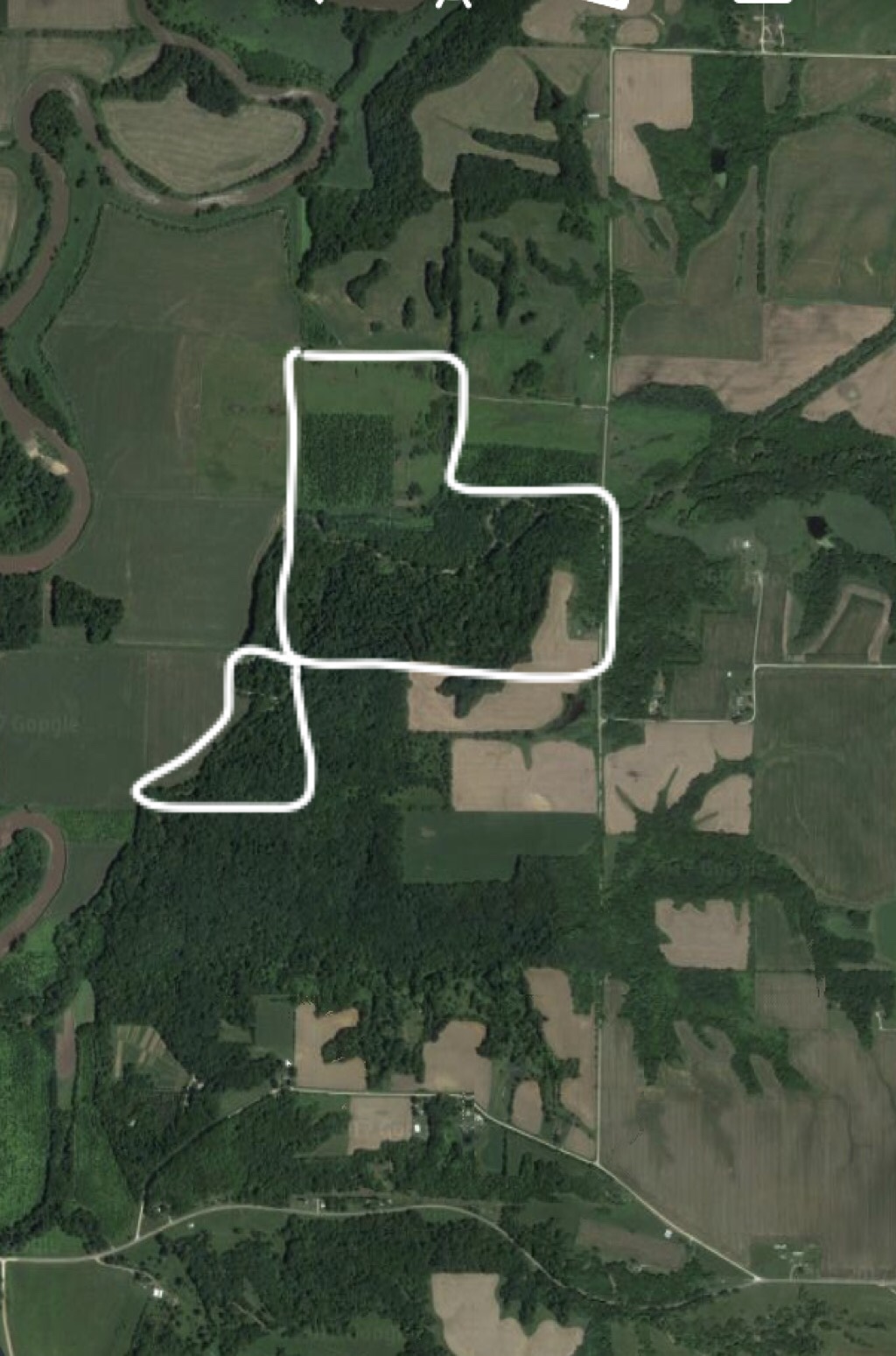Kwood
Well-Known Member
This is the 4th season with our 119 acre property. We have done a lot of work to add food and improve bedding.
Last year we had a lot of mature bucks and several 4+ year old deer made the season.
This year so far we have had fewer mature bucks on camera than any other year and most of the ones we believe to have made it are gone. I am also seeing more does (young and mature) than ever before. Tonight I saw 15+ antlerless deer, 5 mom/fawn pairs.
Could the does be running off the bucks? I'm hoping the draw them in come rut but are seeing fewer bucks than we are used to.
Sent from my iPhone using Deer Hunter Forum
Last year we had a lot of mature bucks and several 4+ year old deer made the season.
This year so far we have had fewer mature bucks on camera than any other year and most of the ones we believe to have made it are gone. I am also seeing more does (young and mature) than ever before. Tonight I saw 15+ antlerless deer, 5 mom/fawn pairs.
Could the does be running off the bucks? I'm hoping the draw them in come rut but are seeing fewer bucks than we are used to.
Sent from my iPhone using Deer Hunter Forum

